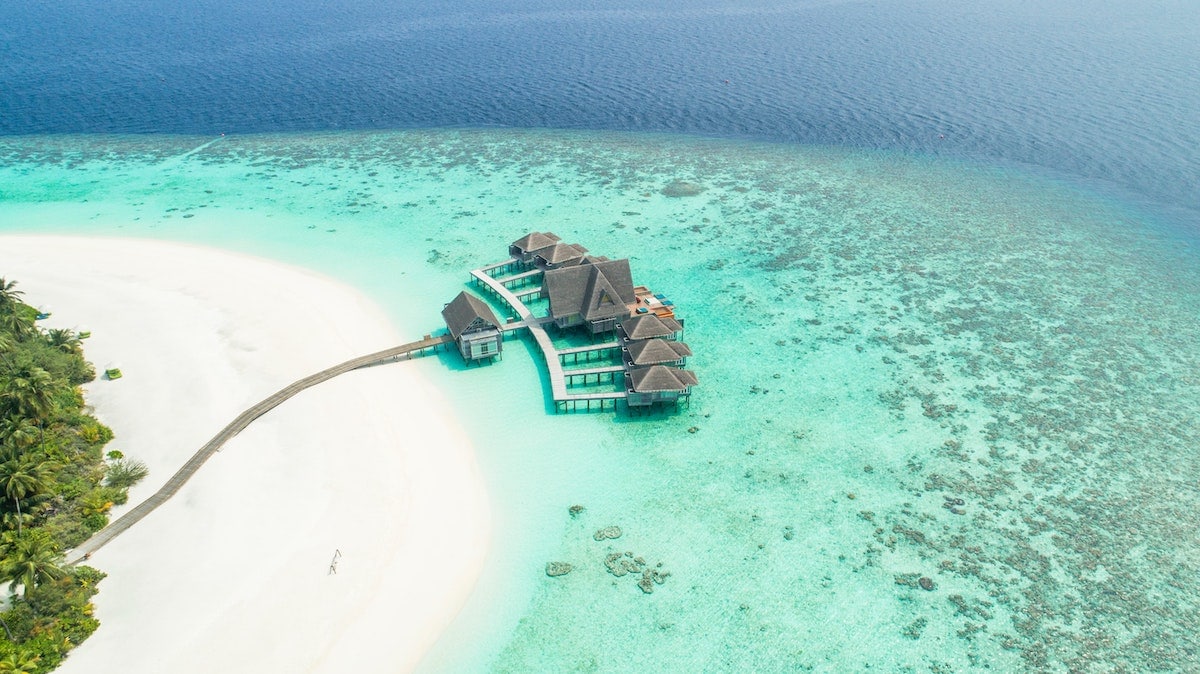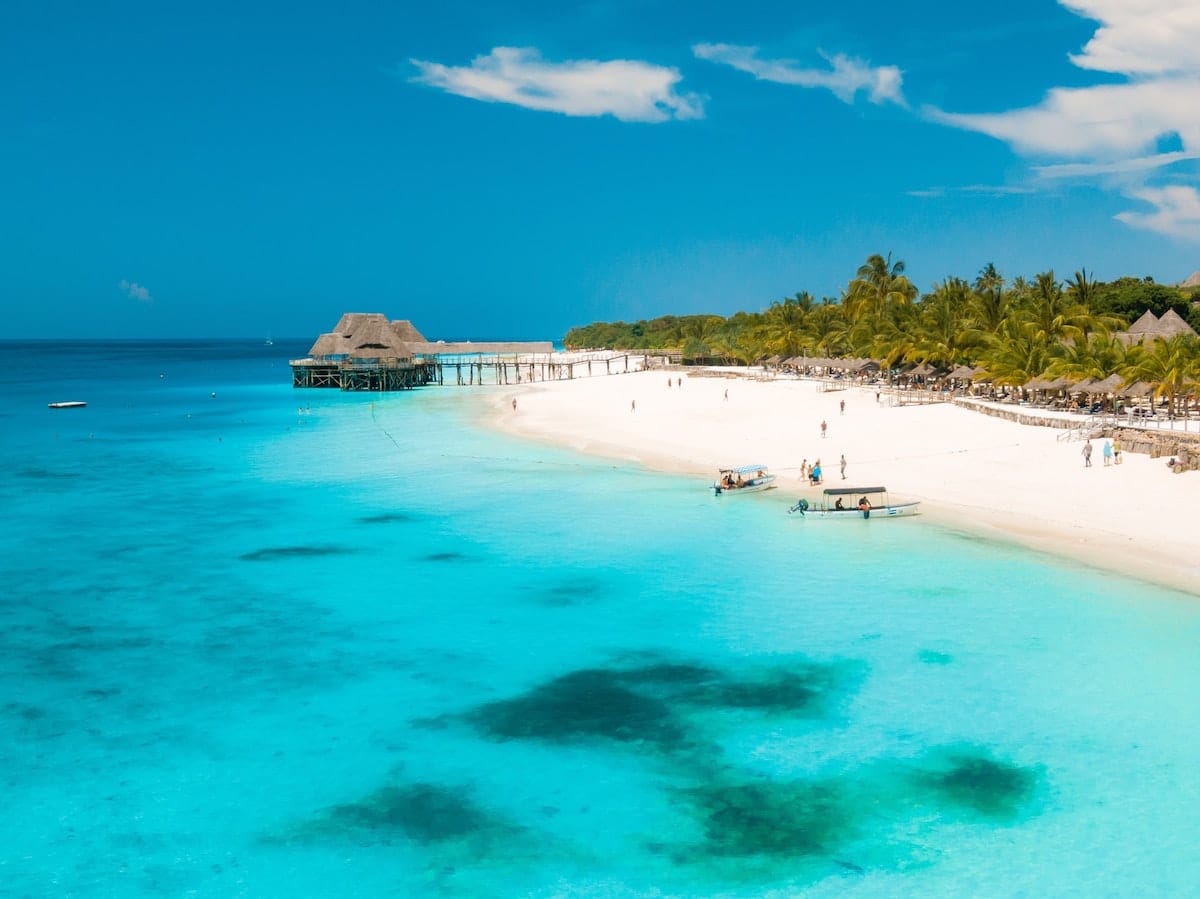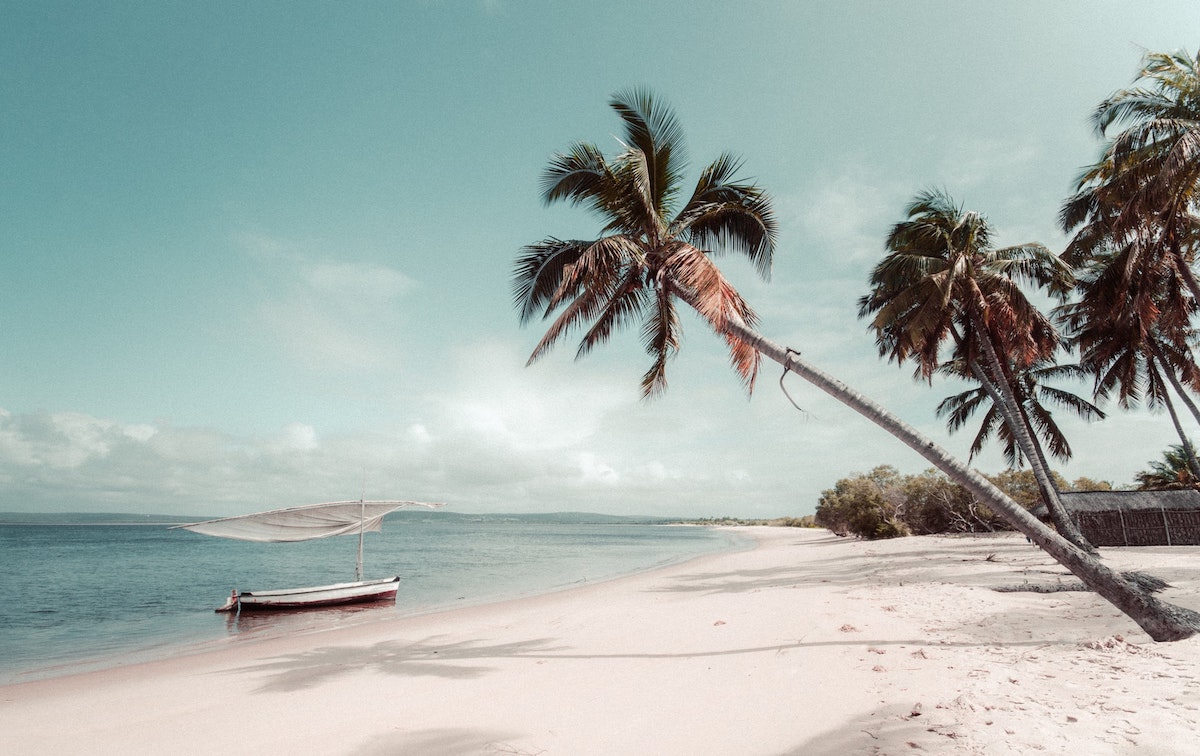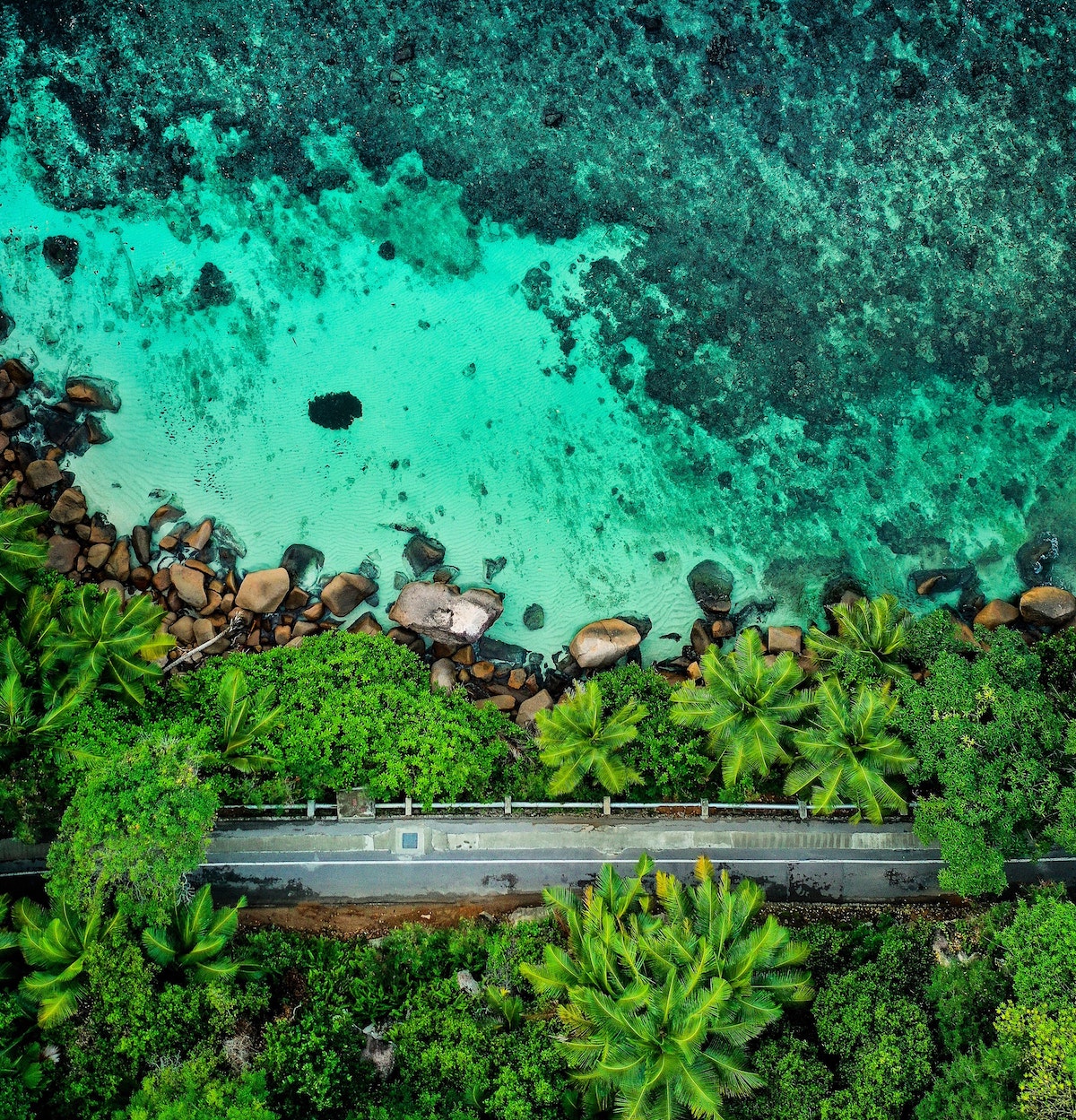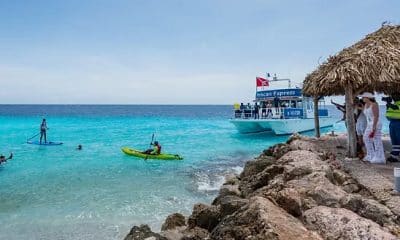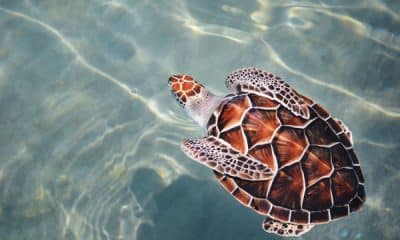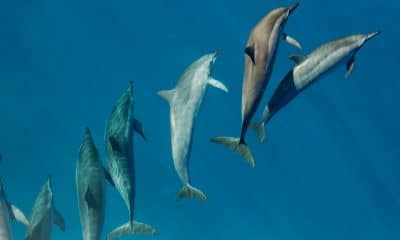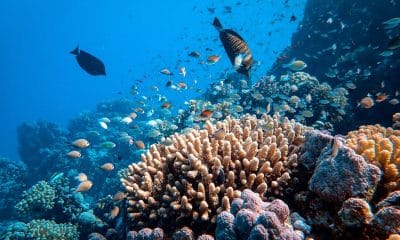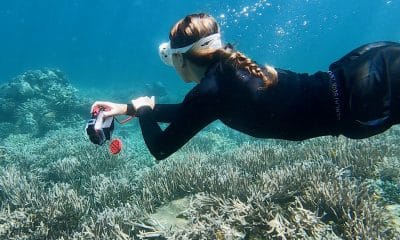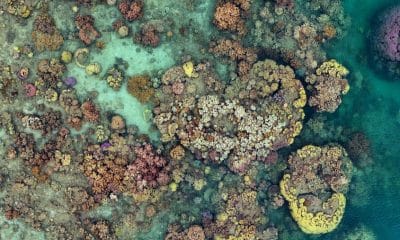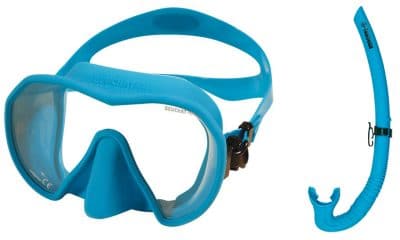Blogs
14 idyllic places to swim with Whale Sharks
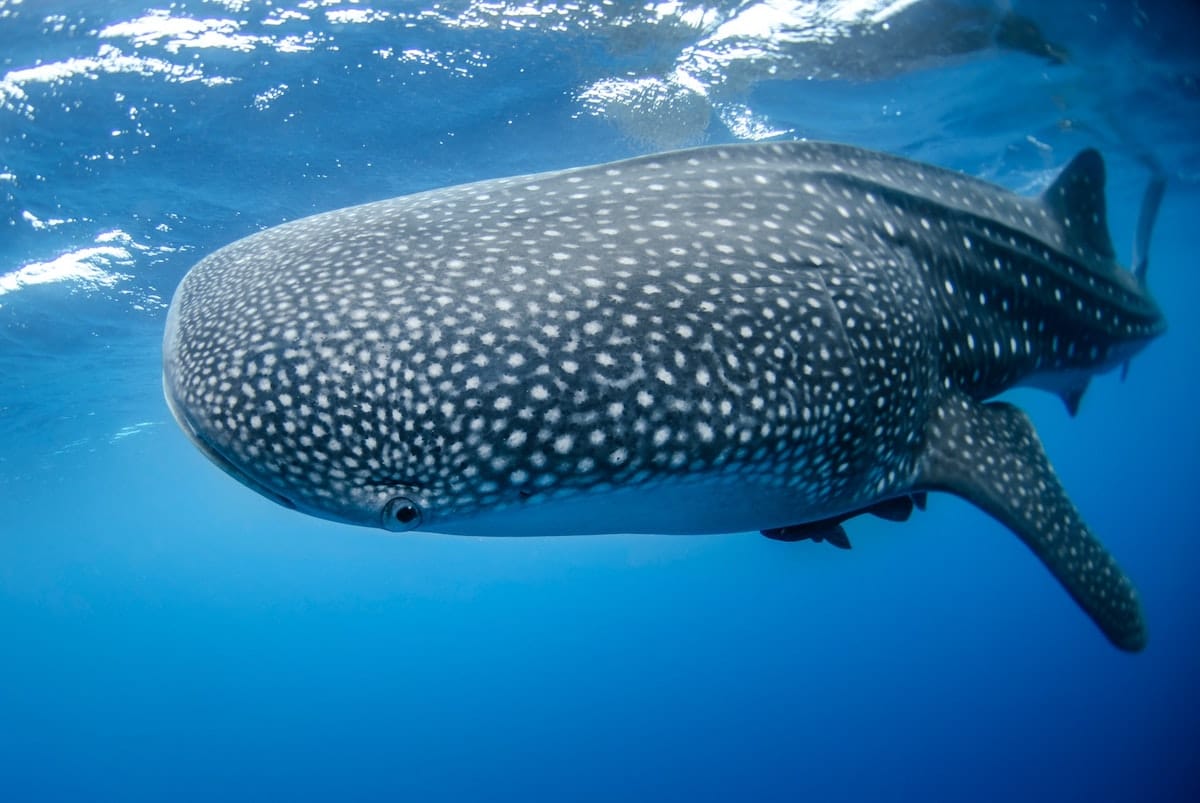
It’s International Whale Shark Day today, 30th August – a day dedicated to celebrating the biggest fish in the ocean. These much-loved gentle giants are amazing to swim with and you can find them at top diving and snorkeling destinations around the world. Here is our round up of 14 idyllic places to swim with whale sharks.
1) Cenderawasih Bay, Indonesia
This famous dive destination in Raja Ampat is renowned for the unique relationship between the whale sharks and fishermen that live there. The fishermen give fish to the whale sharks to bring luck and there are numerous resident whale sharks there year-round. The sharks are used to people in the water, meaning you can swim alongside them to your heart’s content.
Snorkel or scuba dive? Both.
Experience needed: Intermediate if you plan to enjoy the other scuba diving highlights of Cenderawasih Bay.
When to go: July to September
2) Djibouti
This little-known dive destination at the southwestern tip of the Red Sea is crowd-free and offers the chance to dive with juvenile whale sharks. Djibouti’s rich waters attract whale sharks in numbers to the coastline each year, where divers and snorkelers commonly see them.
Snorkel or scuba dive? Both, though mostly snorkeling excursions.
Experience needed: All experience levels.
When to go: Whale sharks can be seen all year, though September, October and February offer the best conditions for peak numbers.
3) Isla Mujeres, Mexico
Isla Mujeres, a picture-perfect island in the Caribbean Sea, is Mexico’s best-known whale shark diving hotspot and has one of the highest concentrations of whale sharks in the world. Various locals operators will take you snorkeling with the sharks, and you can enjoy some of Mexico’s best diving and snorkeling at nearby Cancun and Cozumel.
Snorkel or scuba dive? Snorkel.
Experience needed: All experience levels.
When to go: May to September. July and August are peak whale shark season.
4) Socorro Islands, Mexico
The remote Socorro Islands off the coast of Mexico take time to get to, but they host more ocean giants than you could ever hope to see, including whale sharks, humpback whales, giant Pacific manta rays and bottlenose dolphins. This is Mexico’s premier liveaboard diving destination and doesn’t disappoint for marine megafauna and whale shark fans.
Snorkel or scuba dive? Scuba dive.
Experience needed: Intermediate and experienced divers.
When to go: November and December for whale sharks.
5) The Maldives
Diving in the Maldives is synonymous with whale sharks and they are found at this idyllic destination all year. South Ari Atoll’s waters are busy with juvenile whale sharks, though Huvadhoo and Thaa atolls are also great places to snorkel and dive with these spotty giants.
Snorkel or scuba dive? Both.
Experience needed: All experience levels.
When to go: All year.
6) Ningaloo Reef, Australia
Hundreds of whale sharks gather at Ningaloo Reef each year, making it Australia’s prime destination for snorkeling with whale sharks. As well as being a UNESCO World Heritage area with stunning dive sites and zero crowds, the Ningaloo Coast also has seasonal sharks, humpback whales, mantas and sea turtles in abundance.
Snorkel or scuba dive? Snorkel.
Experience needed: All experience levels.
When to go: March to June for whale sharks.
7) Thailand
If you want an affordable dive destination with the chance to see whale sharks, go diving in Thailand. Whether you dive at world-famous Richelieu Rock in the Andaman Sea or explore around the Gulf of Thailand’s many islands, there are numerous world-class dive sites and a good chance you will see whale sharks.
Snorkel or scuba dive? Scuba dive.
Experience needed: There are dives for all experience levels in Thailand.
When to go: February to April for whale shark season at Richelieu Rock.
8) Cocos Island, Costa Rica
Known as the ‘Little Galapagos’, Cocos Island in Costa Rica has fantastic shark diving with huge schools of hammerheads. This incredible island’s rich waters also host whale sharks, abundant manta rays, reef sharks and dolphins.
Snorkel or scuba dive? Scuba dive.
Experience needed: Intermediate and experienced divers.
When to go: June to November for whale sharks.
9) Mafia, Tanzania
Mafia Island in Tanzania has one of the longest whale shark seasons globally and is home to more than 180 resident whale sharks. The whale sharks are seen year-round and feed in the shallow waters off the western side of Mafia Island, making it easy to go swimming with them.
Snorkel or scuba dive? Snorkel.
Experience needed: All experience levels.
When to go: October to March for whale sharks.
10) Tofo Beach, Mozambique
Whale sharks roam the plankton-rich waters off Tofo Beach in Mozambique all year long. As many as 50 whale sharks can be seen at any one time and there are numerous mantas, dolphins and sea turtles to find at this picture-perfect beach destination. Way off the beaten track, this is a hidden whale shark hotspot.
Snorkel or scuba dive? Snorkel.
Experience needed: All experience levels.
When to go: October to March for whale sharks.
11) The Galapagos Islands, Ecuador
Galapagos diving is paradise for nature fans and offers endless highlights above and below the water line, including encounters with whale sharks. Wolf and Darwin Islands are the best places to dive with whale sharks, where you will find them at the surface and at depth.
Snorkel or scuba dive? Scuba dive.
Experience needed: Intermediate and experienced divers.
When to go: June to October for whale sharks.
12) Seychelles
If you want to combine whale sharks encounters with sailing calm seas, coral reef diving and water sports, visit the Seychelles. These stunning islands are perfect for families, honeymooners and adventurous souls alike, and have plenty of whale sharks off Mahé Island.
Snorkel or scuba dive? Snorkel.
Experience needed: All experience levels.
When to go: October for whale sharks.
13) Utila, Honduras
Sitting within the expansive Mesoamerican Barrier Reef, Utila’s waters are teeming with tropical fish life and host whale sharks all year. This tiny island is famous as the Whale Shark Capital of the Caribbean and offers a range of whale shark swimming safaris.
Snorkel or scuba dive? Snorkel.
Experience needed: All experience levels.
When to go: Year-round, with peak whale shark season from March to April.
14) Nosy Be, Madagascar
Madagascar is a relatively new whale shark hotspot that came to the world’s attention in 2018, when researchers discovered juvenile whale sharks swim to Madagascar to feed. These charming sharks are seen primarily around the small island of Nosy Be, in northwest Madagascar.
Snorkel or scuba dive? Snorkel.
Experience needed: All experience levels.
When to go: September and December for whale sharks.
Kathryn Curzon, a shark conservationist and dive travel writer for Scuba Schools International (SSI), wrote this article.
Blogs
The Suit Ocean Team leads the Ultimate Curacao Snorkeling Adventure
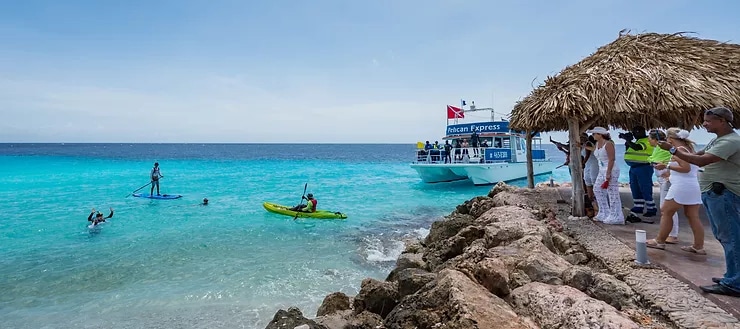
As passionate residents of our Dutch Caribbean Island, we must congratulate The Suit Ocean Team for creating more awareness about the importance of protecting our beautiful fringing reef systems in Curacao.
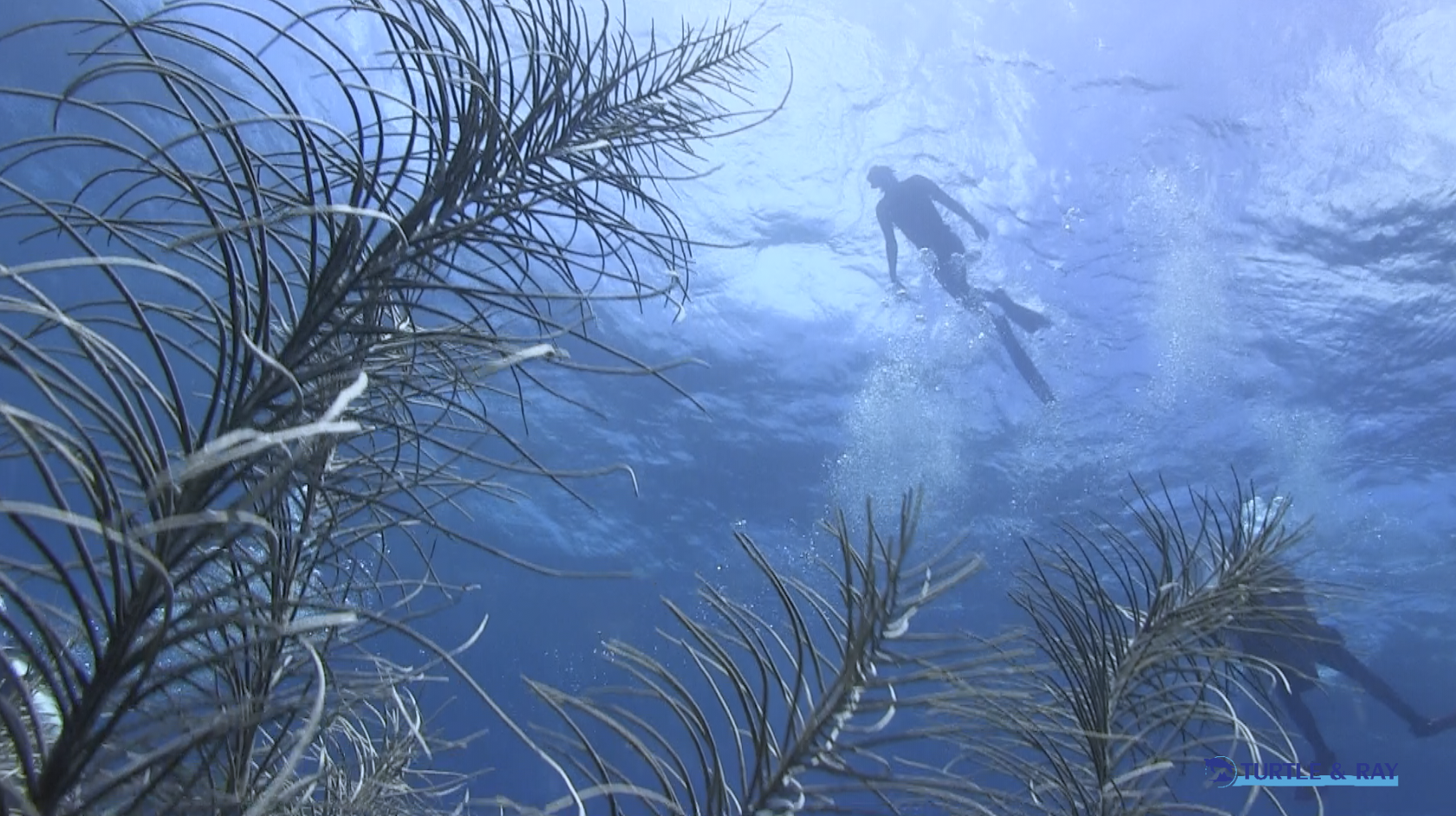
The film, Curacao Underwater Kunuku (Kunuku is Papiamento for Garden), not only documents this ultimate snorkeling adventure showing you how easy it is for everyone to access and enjoy a snorkel or diving experience, but it also showcases the interaction between man and nature, highlighting the beauty of underwater life while promoting conservation, preservation and the need to protect these vital habitats.
These are the key ingredients to this beautiful short film documentary. Watch NOW and please enjoy our “CURACAO UNDERWATER KUNUKU”.
This film, produced by the Lawrence Mensa Foundation (LMF), is also available in multiple languages including: Spanish, Papiamentu, Dutch, Portuguese and German.
Blogs
8 Unique Places to Go Snorkeling in Europe
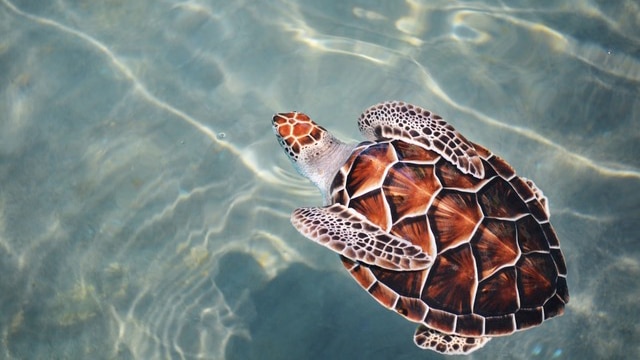
Snorkeling in Europe brings to mind golden sands dotted with beach umbrellas, clear waters, and rocky landscapes busy with Mediterranean fish life. Europe offers all of that, but it also offers so much more for snorkelers. Among Europe’s diverse countries, you can find impossibly bright blue lagoons, idyllic islands, and pristine marine reserves that host thousands of sea turtles and playful seals. You can snorkel over a sunken Roman city and explore one of the world’s premier marine megafauna hotspots. Ready for a summer vacation? Get inspired with our round-up of 8 unique places to go snorkeling in Europe.
Comino, Malta
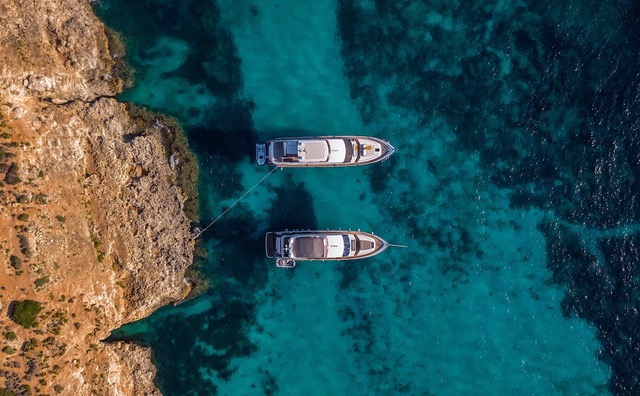
Sitting between the islands of Malta and Gozo, Comino Island is a paradise for snorkelers and divers alike. This tiny island hosts the brightest blue waters in the Maltese Islands and offers fantastic snorkeling among sheltered inlets and caves busy with diverse marine life.
Comino is best-known for hosting the Blue Lagoon; a bucket-list destination with crystal-clear waters and striking rocky landscapes. It is the perfect place to go snorkeling, take a hike, or simply marvel at the gorgeous scenery.
Medes Islands, Spain.
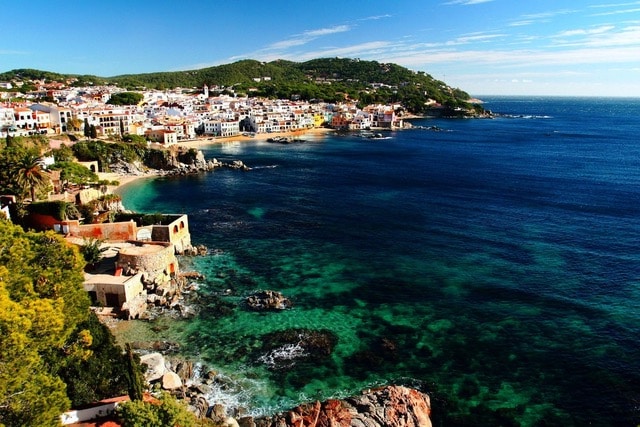
With over 500 dive sites and seaside destinations all along its coastline, Spain draws tourists from around the world. This vibrant country is one of Europe’s top vacation spots.
The Costa Brava in northeastern Spain is home to some of the most famous snorkeling spots in the country, one of which is the Medes Islands. This small archipelago of seven islets off L’Estartit is one of the best marine reserves in all of the Mediterranean.
Fishing was banned at the Medes Islands over 30 years ago, which has allowed marine life to flourish there. Seagrass meadows and rocky areas busy with fish await. A visit to this exceptional marine ecosystem is a must if you are visiting Spain.
Zakynthos, Greece.
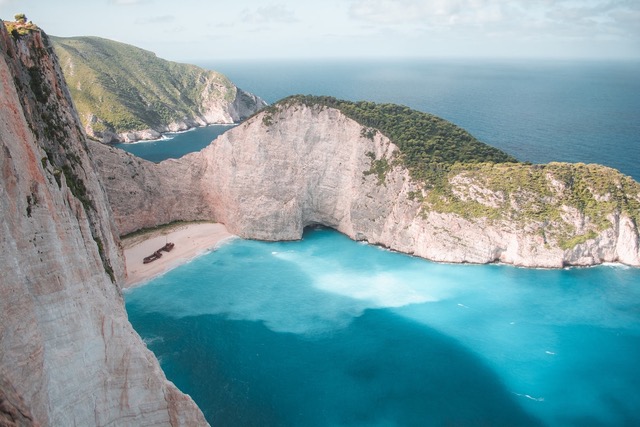
If you love sea turtles, Greece should be top of your list of places to go snorkeling in Europe.
Zakynthos is home to Marathonisi Island, also known as ‘Turtle Island’. This small island sits within the National Marine Park of Zakynthos and is a vital breeding ground for loggerhead sea turtles. The National Marine Park of Zakynthos was created in 1999 to protect these turtles, plus rare Mediterranean monk seals, which give birth to their young in Zakynthos’s secluded caves.
Marathonisi, nearby Cameo Island, and Zakynthos, are the top places in Europe to swim with turtles. In the summer months, thousands of loggerhead turtles visit the area to lay their eggs and you can go snorkeling with them.
Lundy Island, United Kingdom.
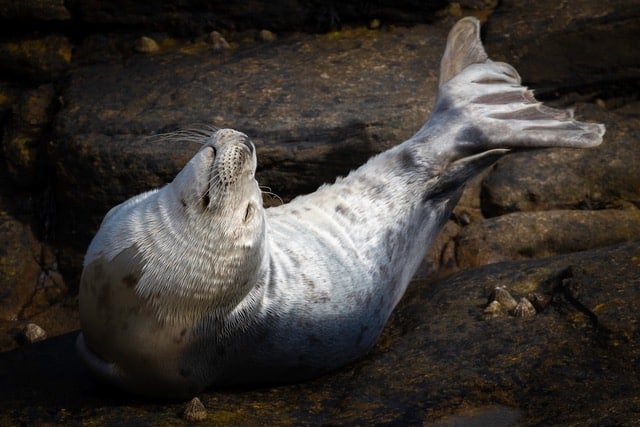
Snorkeling with seals is bound to leave a smile on your face. These cheeky animals are known for getting up close to snorkelers, checking them out, and occasionally nibbling fins.
Lundy Island is one of the best places to go snorkeling with seals in Europe. This island sits just 12 miles off the coast of Devon and hosts a breeding colony of Atlantic grey seals. The seals can be found playing in the surf and lounging in the sunshine at various points around the island.
Grab your snorkeling kit and dive in. Below the water, you will find shallow sunlit kelp forests, a variety of reefs, sea caves, and pinnacles. Lundy is a popular place for diving, but you will see plenty of marine life from the surface, including bright cup corals, anemones, fish, and hopefully seals.
Sunken City of Baiae, Italy
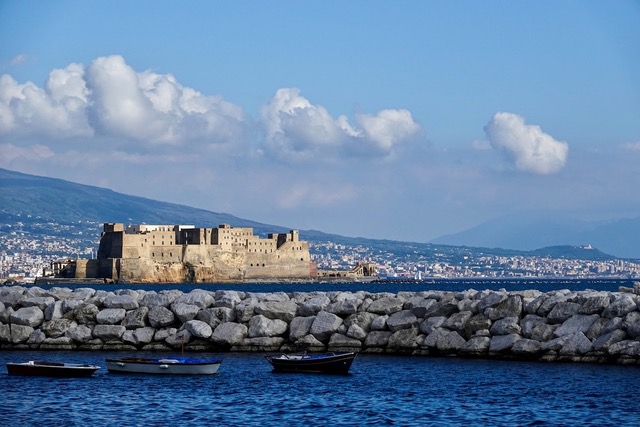
Not every great snorkeling experience is about marine life. In Italy, you can snorkel over ancient Roman ruins.
Two thousand years ago, Baiae was the destination for rich Romans to escape the city and relax by the seaside. Countless emperors and merchants flocked to Baiae’s shores every year, until tectonic activity forced this thriving city underwater.
Today, Baiae is an intact underwater city and one of the top highlights of snorkeling and diving in Italy. Observing these ruins is a breath-taking experience that brings history to life. There are Roman statues, a thermal spa, paved roads, and pillars dating back to the 1st century BC.
Corsica, France
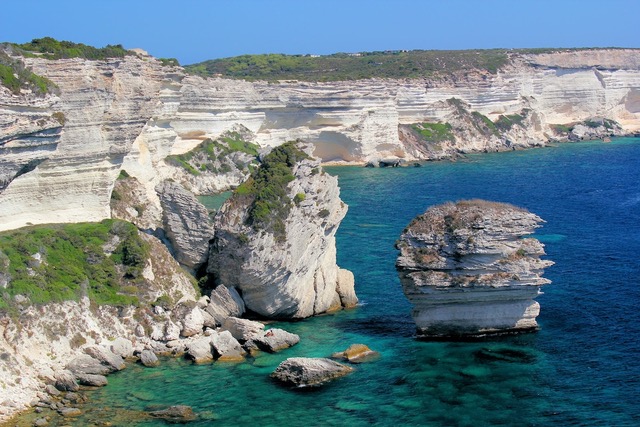
Corsica is renowned for its crystal-clear waters and shallow bays perfect for snorkeling with your kids.
This gorgeous island in the Mediterranean Sea boasts dramatic cliffs and white-sand beaches that hosts a wealth of accessible snorkeling spots. There are rich seagrass beds and rocky landscapes, plus small hidden coves dotted around the island. All of which host a diverse array of marine life, including huge schools of fish, octopi, moray eels, and starfish.
Corsica’s calm waters make it ideal not just for kids, but also for beginner snorkelers and those who want an easy time in the water. With water temperatures reaching up to 26 °C, plus water visibility of up to 30 meters, Corsica ticks the boxes for a laidback beach and snorkeling vacation.
Traun River, Austria
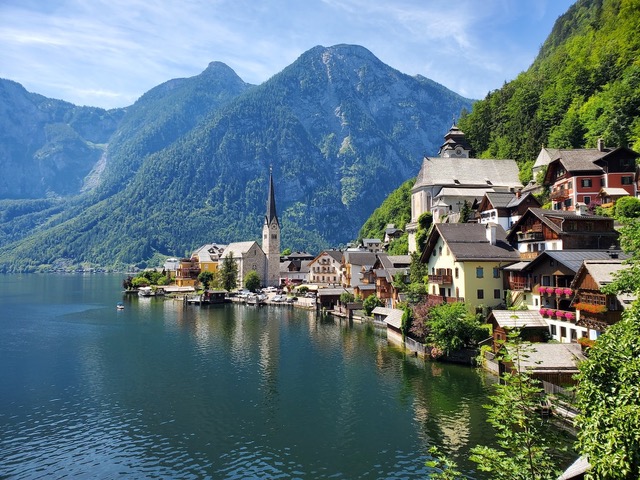
You might not think of Austria for snorkeling, but this land of iconic mountains and lush green landscapes has pristine lakes that attract divers and snorkelers every year. Away from the lakes, you can go snorkeling in spring-fed rivers that gleam in the sunshine.
Forget about floating on the surface when you go river snorkeling. At the Traun River in Upper Austria, river snorkeling involves rock jumping, canyoning, and some relaxed floating downstream. Along the way, you can explore interesting rock formations, underwater caves, and a waterfall, and meet freshwater fish life. This is also an excellent spot to go drift diving.
The Azores, Portugal
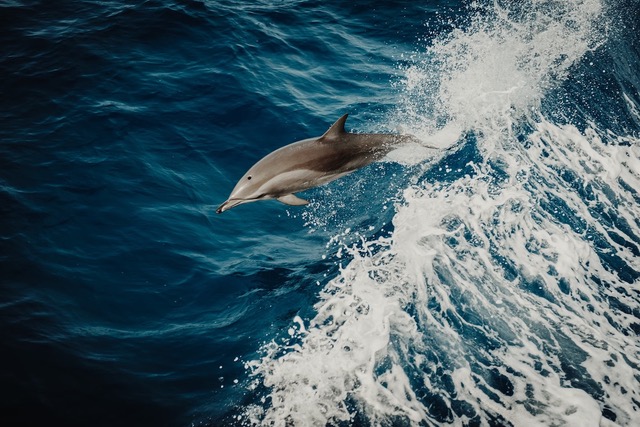
Sitting in the middle of the Atlantic Ocean and surrounded by endless blue waters, the Azores is a mecca for marine megafauna.
These famous islands host a remarkable amount of marine life, including more than 27 whale and dolphin species, mobula rays, and sharks. Snorkeling at the Azores is a great way to experience this wealth of life. You can swim with dolphins and snorkel among dozens of mobula rays and big pelagic fish.
And if you have a scuba certification, you can also go diving with mako and blue sharks. With water visibility reaching up to 60 meters, the Azores is incredible whichever way you choose to explore.
Kathryn Curzon, a conservationist and dive travel writer for SSI (Scuba Schools International), wrote this article.



